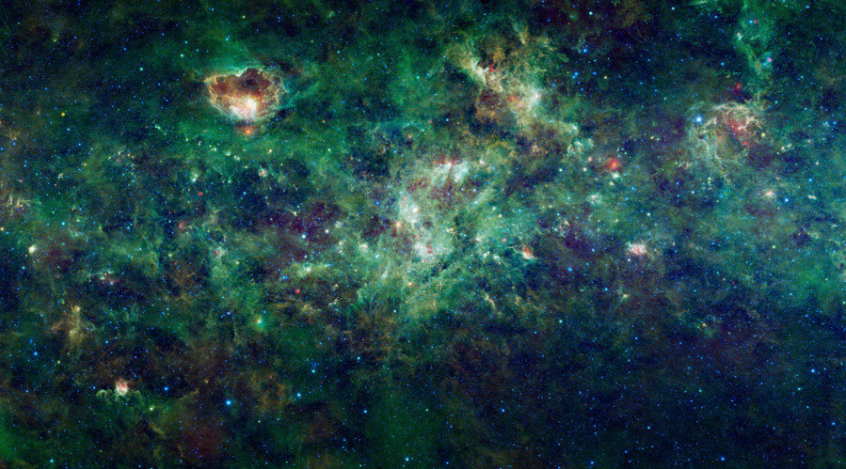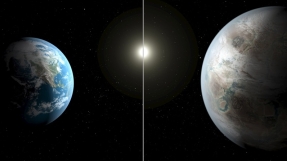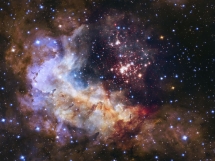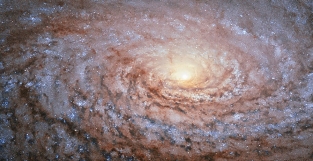
Could a distant star indicate alien life in outer space, intelligent enough to build megastructures?
Astronomers and alien enthusiasts are turning their attention to KIC 846285, a star located 1,481 light years, or 5.8 trillion miles, away from Earth.
The star, initially discovered by a citizen science programme at the Yale University using data from the Kepler Science Telescope, is tickling the curiosity of space enthusiasts primarily due to the odd way it is flickering.
Penn State University astronomer Jason Wright said the curious heavenly body is flickering like a young star. But the problem is that it is not at all young.
"That was when I got interested in it because the light curve is so bizarre. It gets dimmer for days at a time. We haven't seen anything quite like this," Wright told FoxNews.
"It's moving too quickly to be a young star. It doesn't look young. So, that gets rid of all the natural, obvious things. Then, you start reaching for contrived ways to do this to an old star," he added.
What can possibly explain this star's unique behavior? Wright said alien life can be a distant possibility.
A theory proposed by astronomer Luke Arnold in 2005 painted the scenario of aliens building megastructures or space creatures passing in front of a star, which causes it to flicker in a bizarre way.
"If alien civilisations do build giant structures, planet-sized structures in space, sometimes they will pass in front of their star and it will look different from when a planet transits the star," Wright told FoxNews.
"If Kepler surveyed 100,000 stars and one of those is surrounded by alien megastructures, Kepler will notice them. They won't look like a planet. They will look very different," he said.
Wright likewise noted how the KIC 8462852 has these "very strange signatures that presumably are consistent with giant noncircular structures going in front of it."
There, however, are more scientific explanations. Yale University astronomer Tabetha Boyajian, who wrote a paper on KIC 8462852 published on the Monthly Notes of Royals Astronomical Society, said the odd flickering may be caused by a sea of comets pulled inwards by another passing star.
Wright, however, described Boyajian's explanation as "nice but contrived."
"We just happened to be looking when a giant swarm of enormous comets is passing by," he said. "Maybe. Something weird is going on. This may be the best explanation I've heard so far."
















